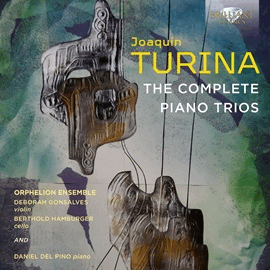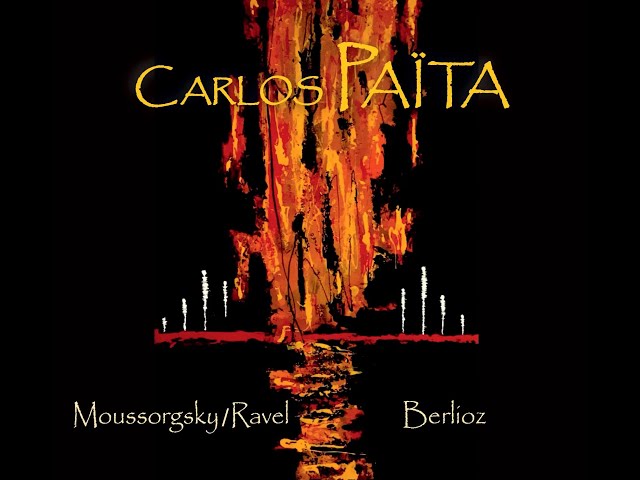Ein Juwel unter den Aufnahmen Carlo Païtas ist die 1981 gemachte Aufnahme der Bilder einer Ausstellung von Modest Mussorgsky. Der Dirigent wählt bewusst sehr ungewöhnliche Tempi, manchmal sehr langsam, andererseits sehr schnell. Das schärft Narration sowie Expressivität und erlaubt es ihm, die vielen wichtigen Details der Partitur herauszuarbeiten. Es liegt unendlich viel Poesie und Farbenwirkung in dieser Aufnahme. Das National Philharmonic Orchestra unterstützt ihn dabei meisterhaft.
In seiner Interpretation der Symphonie Fantastique von Berlioz legt Païta viel Wert auf das Fantastique, das er ungemein effektvoll werden lässt.
Dabei wirkt nichts recherchiert oder forciert, im Gegenteil. Païta lässt die Musik sich natürlich entfalten und seine Rubati und Tempiwechsel, seine Akzentuierungen und Farbveränderungen sind immer konsequent und werden dem Programm, das Berlioz vertonte, absolut gerecht.
Der Walzer beginnt sehr wienerisch und wird dann immer schräger und schmerzlicher. Mit nur 5 Minuten und 47 Sekunden ist die Aufnahme die schnellste, die ich kenne.
Der dritte Satz, Scène aux champs, ist pastoral und zugleich Ausdruck seelischer Qualen. So intensiv wird dieser Satz nicht oft geschildert.
Die beiden letzten Sätze dirigiert Païta mit virtuoser Bravour und klanglich mit einer kaum zu überbietenden Opulenz. Hier ist ihm das London Symphony, das in jenen Jahren eines der besten Orchester der Welt war, ein großartiger Helfer. Doch es sind nicht nur die schnellen Tempi, die fesseln, sondern die elektrisierende Intensität des Musizierens, das Berlioz’ groteske Beschreibungen der Hinrichtung und des orgiastischen Hexensabbats so grandios umsetzen. Kein Wunder, dass die französischen Musikkritiker der Aufnahme bei der Erstveröffentlichung den Grand Prix du Disque zusprachen.
A jewel among Carlo Païta’s recordings is the 1981 recording of Pictures at an Exhibition by Modest Mussorgsky. The conductor deliberately chooses very unusual tempi, sometimes very slow, sometimes very fast. This sharpens the narrative and expressiveness and allows him to bring out the many important details of the score. There is an infinite amount of poetry and color in this recording. The National Philharmonic Orchestra supports him masterfully.
In his interpretation of Berlioz’s Symphonie Fantastique, Païta places great emphasis on the ‘Fantastique’, which he makes incredibly effective.
Nothing seems studied or forced, on the contrary. Païta lets the music unfold naturally, and his rubati and tempo changes, his accents and color changes are always consistent and absolutely true to the program Berlioz set to music.
The waltz begins very Viennese and then becomes more and more oblique and painful. At only 5 minutes and 47 seconds, the recording is the fastest I know.
The third movement, Scène aux champs, is both pastoral and an expression of mental anguish. This movement is not often played with such intensity.
Païta conducts the last two movements with virtuoso bravura and an opulence of sound that is hard to match. The London Symphony, one of the best orchestras in the world at the time, is a great help here. But it is not only the fast tempos that captivate, but also the electrifying intensity of the music-making that makes Berlioz’s grotesque descriptions of the execution and the orgiastic witches’ Sabbath so grandiose. No wonder French music critics awarded the recording the Grand Prix du Disque upon its first release.


















